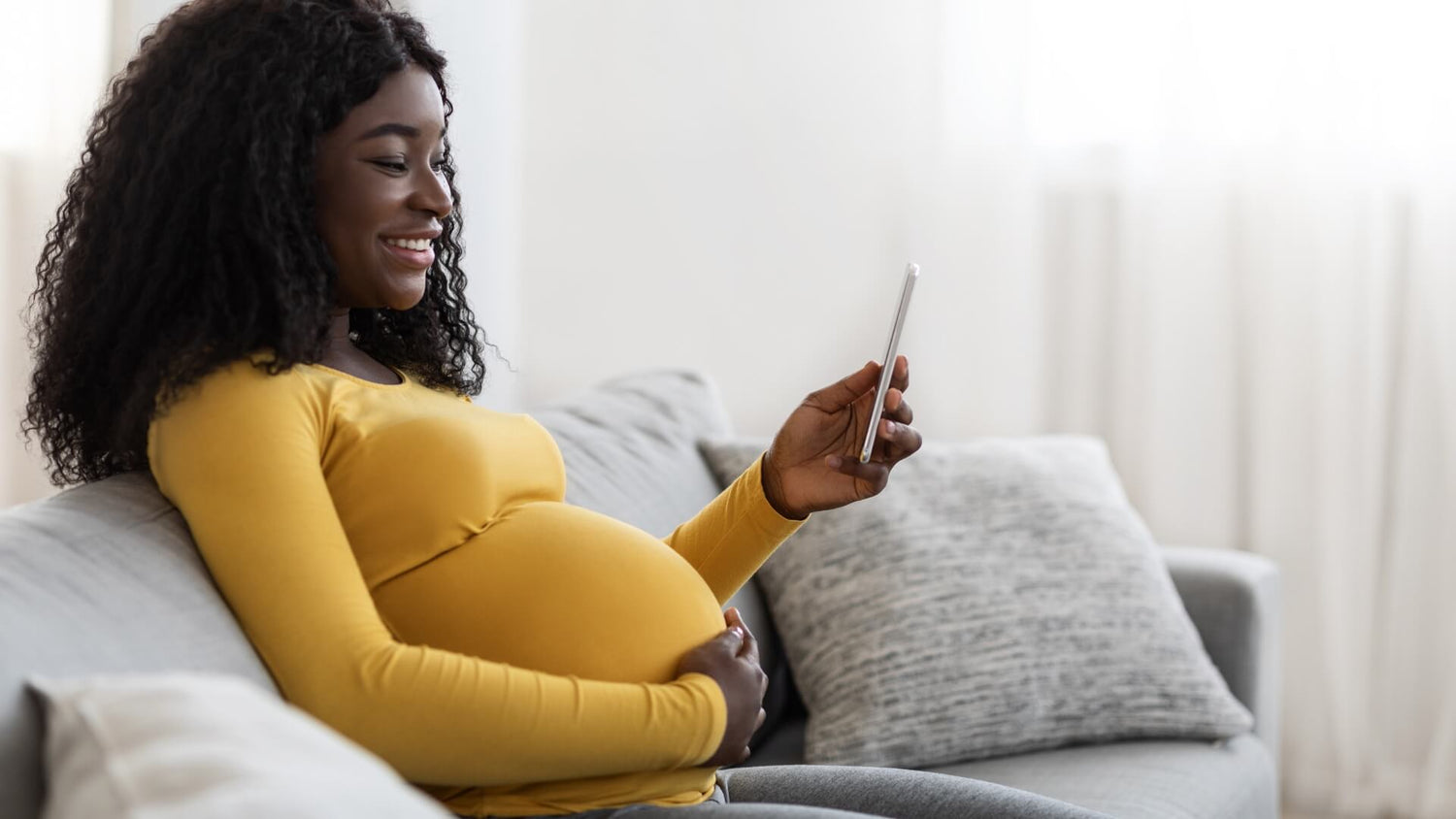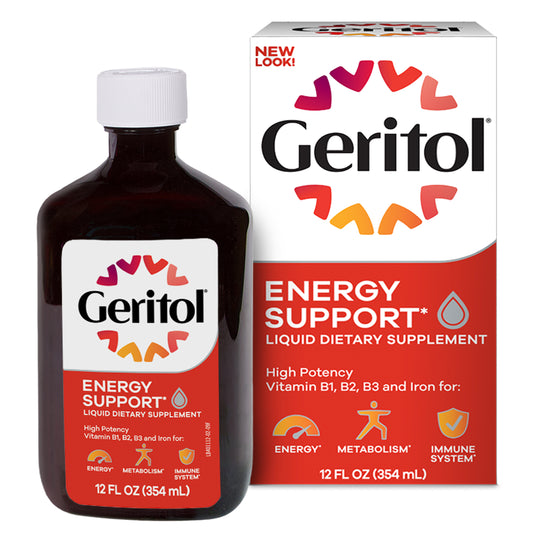Iron is a component of several proteins and enzymes including the protein responsible for delivering oxygen throughout the body. Therefore, a deficiency in this mineral impairs oxygen delivery to the body’s cells resulting in fatigue, weakness, difficulty maintaining body temperature, poor performance at work or in school and a decrease in immune functioning.
WHO NEEDS IRON?
Everyone needs iron in different quantities based on age, sex and health status. Despite the critical role iron plays in a person’s energy levels, iron deficiency is the number one nutrient deficiency worldwide. Yet it isn’t always detected right away because iron deficiency starts gradually and occurs in stages.
First, iron intake does not keep up with daily iron needs, which eventually depletes the body’s iron stores. At this stage, hemoglobin levels, a commonly used marker for iron deficiency anemia, remain normal.
By the time iron deficiency anemia occurs, your iron levels are depleted and therefore, you don’t have enough iron to meet your daily needs. At this point, hemoglobin drops below normal limits.
There are three main factors that contribute to iron deficiency and iron deficiency anemia:
- Inadequate iron intake
- Impaired iron absorption
- Excessive blood loss
Individuals with gastrointestinal disorders such as celiac disease and Crohn’s syndrome and those who have had gastrointestinal bypass have a greater likelihood of impaired iron absorption. Pregnant women need almost twice the amount of iron than non-pregnant women to accommodate increased blood volume, support the fetus’s iron needs and make up for blood lost during delivery. And finally, women of childbearing age may develop iron deficiency due to menstrual cycle blood loss.
SYMPTOMS OF LOW IRON
Fatigue is the most common symptom of iron deficiency due to a decrease in oxygen delivery to the body’s tissues. However, symptoms range and some people experience mild symptoms or no symptoms at all. Iron deficiency can also lead to brittle nails, swollen or sore tongue, cracks at the corner of the mouth, frequent infections and an enlarged spleen.
Symptoms of iron deficiency anemia include shortness of breath, dizziness, headache, cold hands and feet, pale skin and chest pain due to the heart working harder to bring oxygen-rich blood throughout the body.
In addition, some may develop restless legs syndrome, a disorder that leads to strong urge to move their legs. Also, some people with iron deficiency anemia crave non-food items such as laundry starch, paint, dirt, clay, sand, hairballs, animal feces or ice. However, it is not entirely clear if this craving, called pica, is solely the result of iron deficiency anemia.
Physicians take into account medical history, physical symptoms and the results of blood tests prior to making a diagnosis and deciding on a treatment plan for iron deficiency and iron deficiency anemia.
-
SOURCES:
Iron. Dietary Supplement Fact Sheet. Office of Dietary Supplements, NIH. Retrieved from: http://ods.od.nih.gov/factsheets/Iron-HealthProfessional/ February 4, 2013.
Hemoglobin. National Library of Medicine, NIH. Retrieved from: http://www.nlm.nih.gov/medlineplus/ency/article/003645.htm February 4, 2013.
What Are the Signs and Symptoms of Iron-Deficiency Anemia? National Heart Lung and Blood Institute, NIH. Retrieved from: http://www.nhlbi.nih.gov/health/health-topics/topics/ida/signs.html February 4, 2013.
Pica. PubMed Health, NIH. Retrieved from: http://www.ncbi.nlm.nih.gov/pubmedhealth/PMH0002505/ February 4, 2013.
Nutritional Supplements
Your One-Stop Shop for Premium Geritol Supplements
-
Liquid Supplement
Regular price$13.99Regular priceSale price$13.99Unit priceper -
Multivitamin Supplement
Regular priceFrom $6.99Regular priceSale priceFrom $6.99Unit priceper


